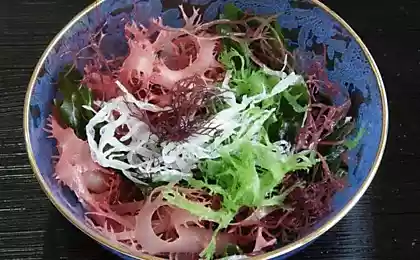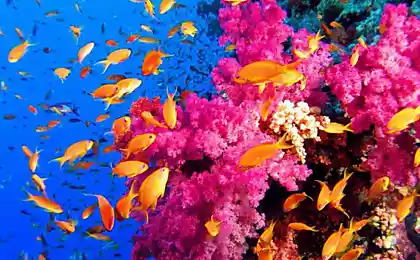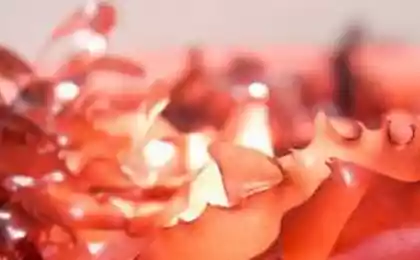174
Algotherapy - the miraculous power of algae
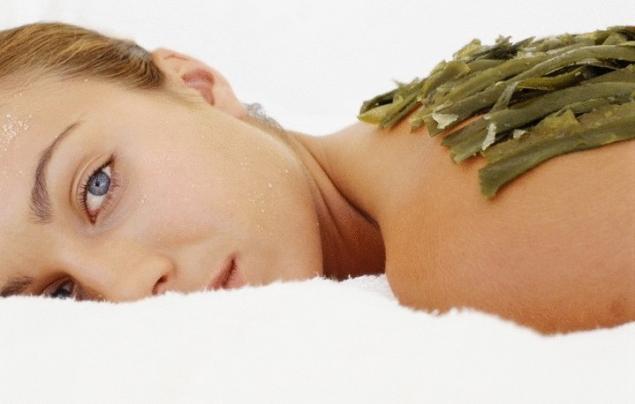
In what cases is algotherapy effective? What are the properties and types of algae used in algotherapy? Consider the main methods of algotherapy. Everyone who has undergone the procedure of algotherapy knows how beneficial it affects health and appearance. Initially, this method was only part of thalassotherapy - the therapeutic use of all the elements of the sea that benefit health: marine climate, salt water, mud, sand, algae. But gradually algotherapy became an independent form of treatment. In what cases is algotherapy effective?
Muscle overwork, weight problems and cellulitis, rheumatism, premature aging, skin diseases associated with hormonal activity in puberty, comedones, chloasma - this is not a complete list of difficulties that this type of therapy will help overcome. It is also recommended by dermatologists to restore skin hydrobalance after chemical peeling or microdermabrasion. Properties and types of algae used in algotherapy
Algae are believed to be the first living organisms to usher in an era of evolution on Earth. Currently, they are involved in almost 70% of all microbiological processes in the sea. Algae have long been used in food (for example, kelp), are included in many diets. Their role in cosmetology is important, due to their special structure, they have the ability to keep polypeptides active. They contain a high concentration of minerals and trace elements: iodine, calcium, potassium, magnesium, copper, zinc, iron, cobalt, phosphorus, fluoride, selenium. They are also rich in amino acids, chlorophyll, lipids and triglycerides, without which the epidermis will quickly lose elasticity. They also include plant hormones that fight against aging.
For therapeutic and cosmetic purposes, both brown and yellow and red species are used. The effectiveness of algae varies depending on their composition. Some absorb more sodium, others have a lot of iron, others are rich in magnesium:
For example, bubbly fucus promotes muscle relaxation, mineralizes and nourishes the skin, removing toxins by sweating.
Kelp and phyllophores, rich in iodine, are used mainly for weight loss and in the treatment of cellulite. Spirulina abounds in pure protein and alginic acid, restores the elasticity and elasticity of the skin. Cystozeiraianfelzia are suitable for detoxification of the body and have pain-relieving properties.
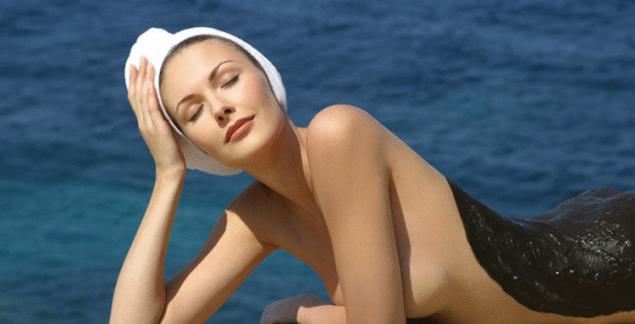
Algae are harvested from the seabed and then filtered and processed to make the most of their properties for therapeutic and cosmetic purposes. They are subsequently mixed with different amounts of seawater, which are determined according to the expected effect.
The two main methods of algotherapy are wraps and masks (more rarely baths). The first method assumes that the entire body will be covered with a layer of warm algae. Then the body is covered with foil so that the patient can sweat quickly. This treatment speeds up blood circulation, promotes the elimination of toxins and tones fibroblasts. It also helps to increase lymphatic drainage.
With local application (masks), the analgesic and anti-cellulite potential of seaweed is primarily used. In this embodiment, the mixture does not cover the whole body, but individual areas - zones on the back, knees, wrists, in the abdomen, thighs.
The third way - baths made of algae - more expensive, but the effect is much superior to therapeutic wraps and masks. Warm sea water enriched with algae particles is used when immersing the body in a reservoir. This therapy is used to reduce swelling and improve joint flexibility.
The muscles and upper layers of the epidermis become completely relaxed, so they are better fed with trace elements. Cooler concentrate is used to narrow blood vessels and temporarily lift.
Source: natural-medicine.ru

